Borneo Orangutan Survival Foundation (BOSF)
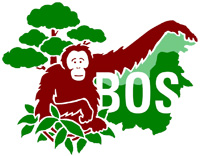 Orangutan Outreach has been proudly to supporting the Borneo Orangutan Survival Foundation (BOSF) since our establishment in 2007. BOSF is a large foundation that cares for more orangutans than any other organization. BOSF manages two rehabilitation centers, Samboja Lestari in East Kalimantan and Nyaru Menteng in Central Kalimantan. The Nyaru Menteng Orangutan Center was founded in 1999 by Lone Droscher Nielsen (who is now retired) and since its humble beginnings, the center has grown into the largest orangutan conservation facility in the world. Nyaru Menteng is currently home to around 450 orphaned and displaced orangutans and Orangutan Outreach focuses most of our support here.
Orangutan Outreach has been proudly to supporting the Borneo Orangutan Survival Foundation (BOSF) since our establishment in 2007. BOSF is a large foundation that cares for more orangutans than any other organization. BOSF manages two rehabilitation centers, Samboja Lestari in East Kalimantan and Nyaru Menteng in Central Kalimantan. The Nyaru Menteng Orangutan Center was founded in 1999 by Lone Droscher Nielsen (who is now retired) and since its humble beginnings, the center has grown into the largest orangutan conservation facility in the world. Nyaru Menteng is currently home to around 450 orphaned and displaced orangutans and Orangutan Outreach focuses most of our support here.
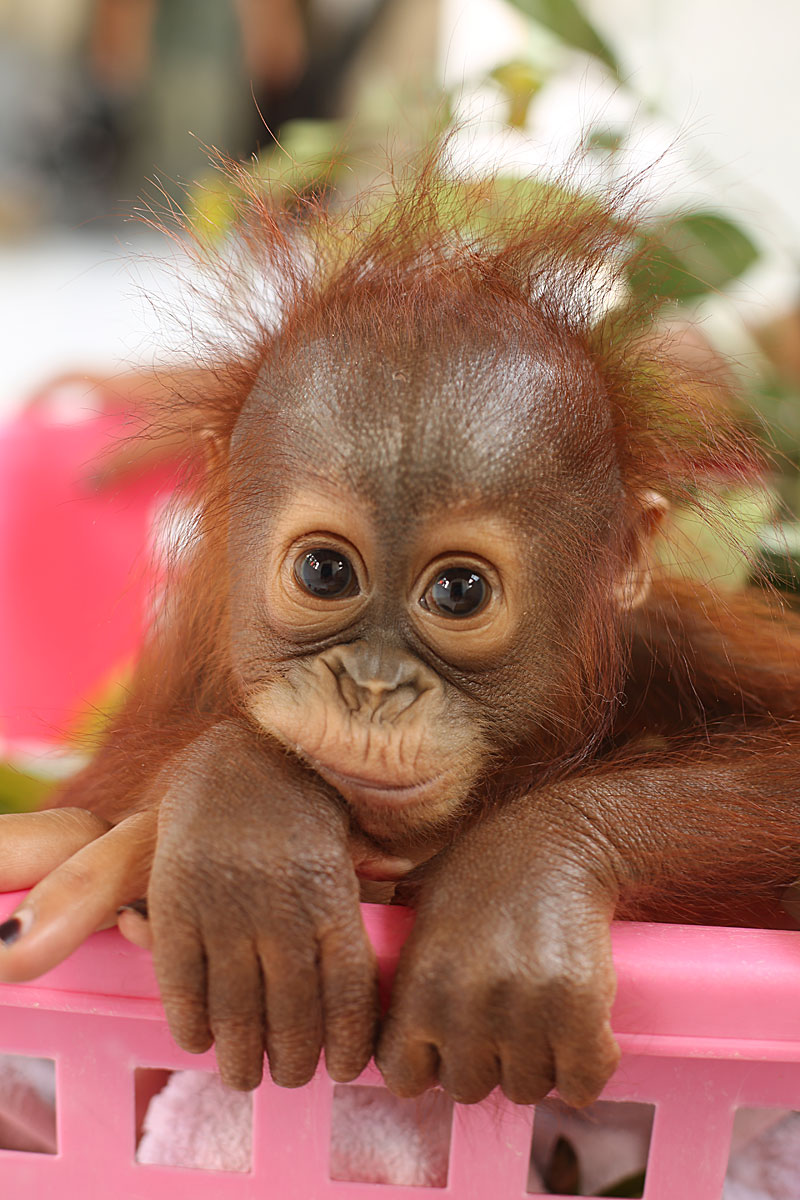 Orangutan Rehabilitation
Orangutan Rehabilitation
When an infant orangutan is taken away from his or her mother, they lose a lifetime of early learning and natural development. Many of these babies had been kept as pets and precious few have been lucky enough to survive the ordeal. Once an orangutan is rescued from its captors and taken to an orangutan care center, the little ape begins rehabilitation. The purpose of rehabilitation is to equip orphaned orangutans with the skills they need to survive once they are old enough to be reintroduced to the forest. In the wild, an orangutan would spend the first 6 or 7 years of his or her life with their mother. It is this loss which the rehabilitation process needs to make up for.
Baby School & Baby House
Newly arrived infants and very young orangutans spend the day in a forested nursery where they are cared for 24/7 by their babysitters. Their health is carefully monitored as many of them have come to the center severely malnourished and they are extremely susceptible to illness due to having compromised immune systems. In Baby School, the orangutans learn to climb and move around in trees. They begin to experiment more with new fruits and also begin to interact closely with one another. After a few years in Baby School, as they grow stronger and more independent, the orangutans move up to Forest School. Learn more about the BOS Foundation Baby Houses here.
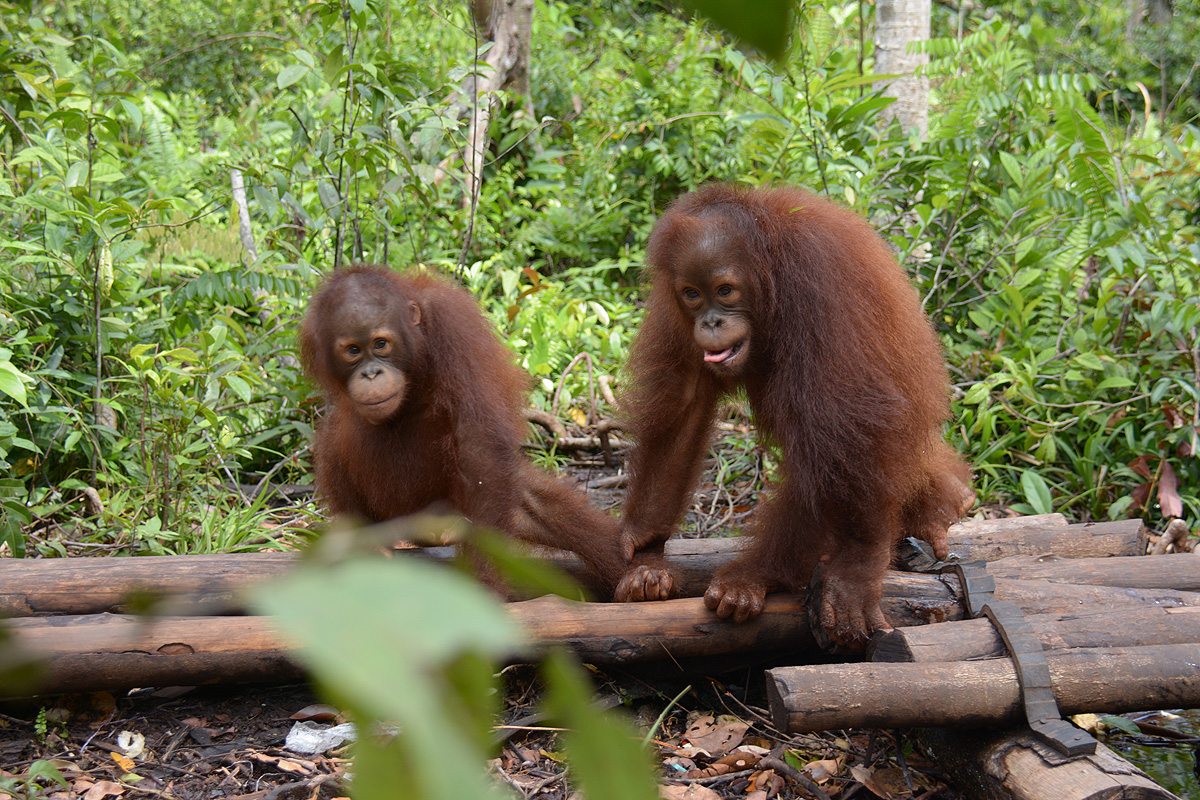 Forest School
Forest School
The secure forest around the main center serves as the perfect place where young orangutans are taught how to survive in the wild. In Forest School, the orangutans begin to truly develop the skills they will need to survive as adults in the wild. Climbing and nest building as well as swinging and maneuvering amongst the trees are skills that they now practice every day. They continue to learn about new foods and also learn about things to avoid— such as snakes! They now come into contact with a lot more orangutans. They are in groups or 'classes' ranging from approximately 8 - 12 individuals with whom they will essentially 'grow up'.
The brilliant series Orangutan Jungle School depicts this stage of their lives in great detail. It is currently streamable in the US on Paramount app. Orangutans in Forest School spend the entire day in the nearby peat forest— only returning to the main center in the late afternoon to have a snack, drink some milk and get some sleep. Learn more about Orangutan Jungle School here.
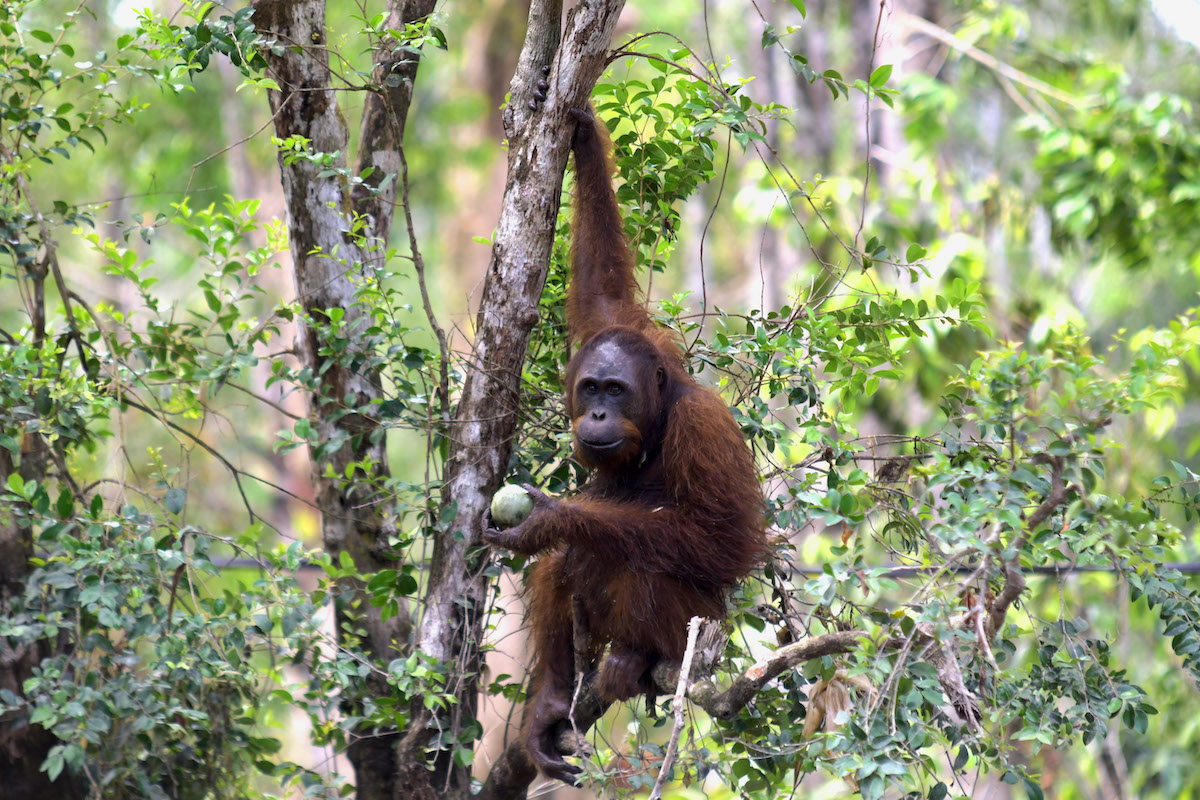 The Islands: Orangutan University
The Islands: Orangutan University
Orangutans who have gone through the rehabilitation process are brought to pre-release natural river islands for at least 2 dry seasons and one wet season to make sure they can cope with the fluctuations in food availability and assure they have perfected forest skills. These islands are the penultimate step in the rehabilitation of orphaned orangutans.
The pre-release islands are in the Rungan River and each island is home to up to 30 orangutans that are learning to fend for themselves while still being watched closely by the BOSF team. There are only minimal feeding-platforms and jetties on the islands so as to keep the setting as natural as possible.
The series Orangutan Island on Animal Planet gave viewers a first-hand view of life on the islands. The series ended in 2010 but can still be found online. Orangutan Jungle School also features many beautiful scenes from the islands.
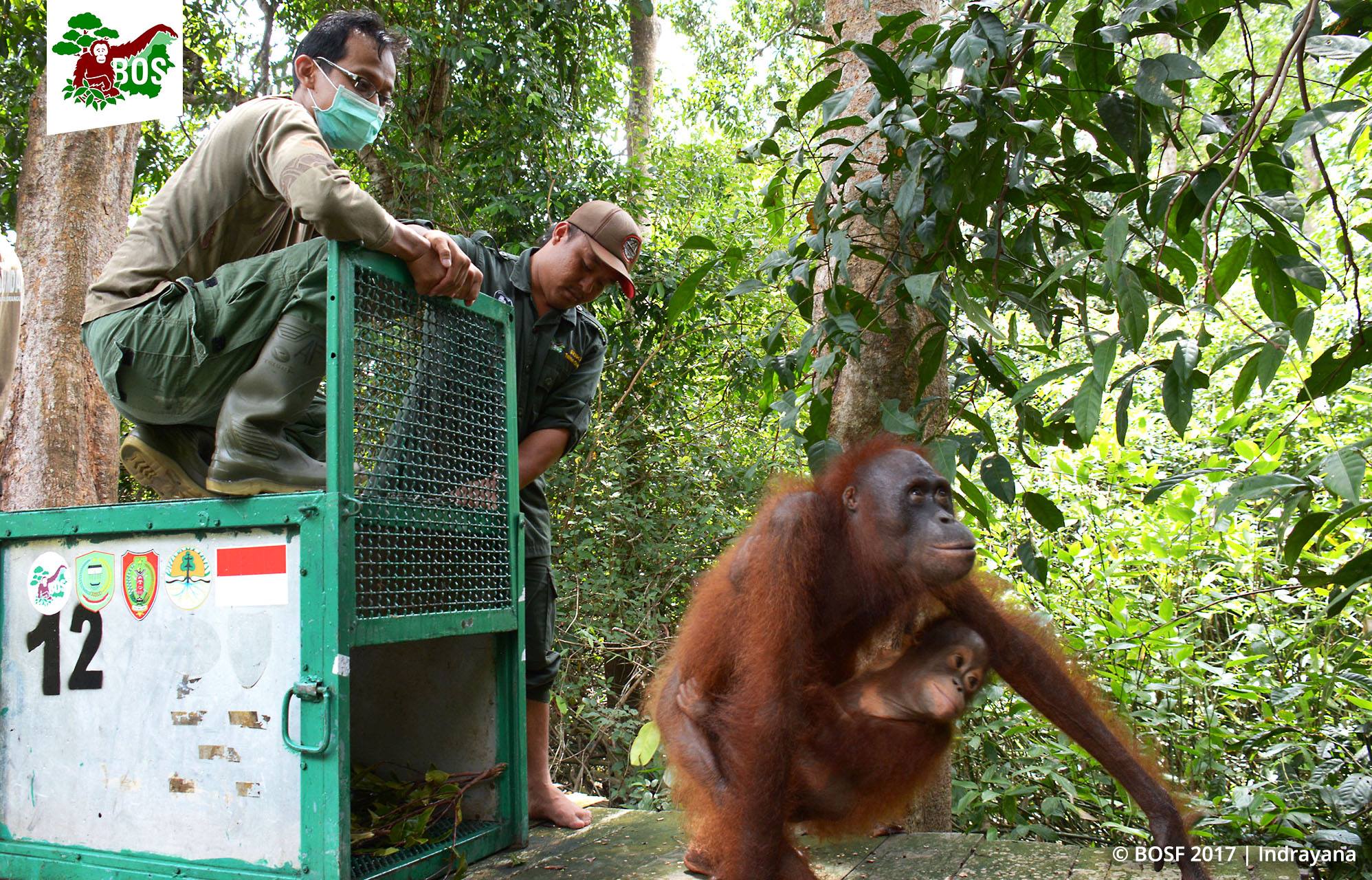 Releases
Releases
Presently there are a number of orangutans who have spent well over the required time on the islands and are ready for release back to the wild. This requires additional funding and a lot of logistical planning. The season has to be right, the ground and air transport need to be in place and the orangutans must be ready to go! Orangutans are released in small groups so they have the choice to stay together or to venture out on their own.
The BOS Foundation began a massive release program in 2012 and by the end of 2022, they marked a milestone of having released 500 orangutans! 500 orangutan releases in one decade is incredible, especially considering releases were on hold during the Covid-19 pandemic. It is crucial that the BOS Foundation continues to release more orangutans in order to make room on the islands for the next group who are ready to leave Forest School. To do this we need your support! Learn more about Orangutan Releases here.
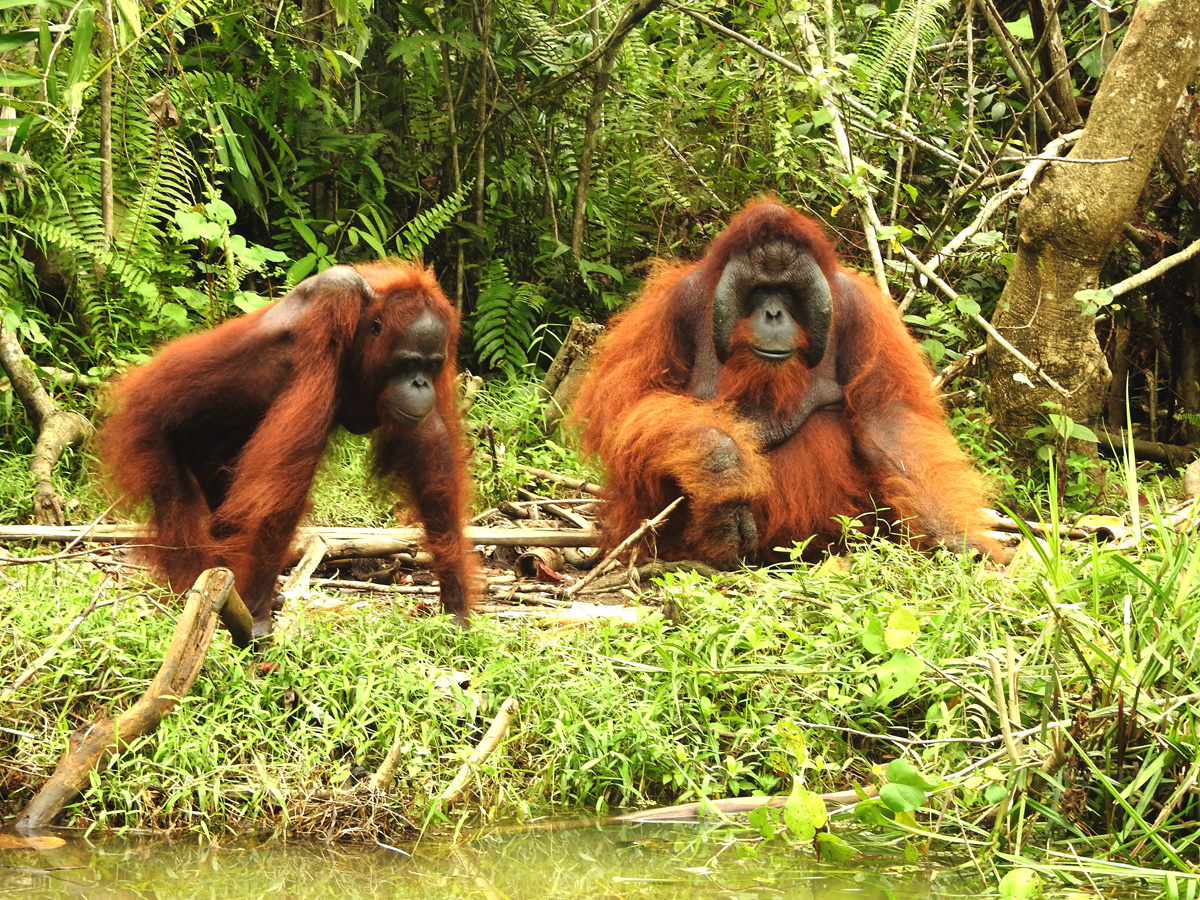 Retirement
Retirement
Not all orangutans in rehabilitation centers are able to successfully complete the rehabilitation process and return to living wild and free in the forest. The struggle for these orangutans is often due to the extended time they spent in captivity starting from a young age. There are also some orangutans who suffer from infectious diseases or have severe physical limitations. While the aim and hope is to rehabilitate every orangutan rescued, this is not always possible.
The BOS Foundation is caring for over 100 orangutans that are considered "unreleasable". The goal is to provide each of these orangutans with a retirement in which they can live the rest of their lives with dignity and respect. Orangutan Outreach is working with BOSF to provide these orangutans the chance to live outside of a cage on a forested sanctuary island. While BOSF currently has some islands for this purpose, there are not enough sanctuary islands for all of the BOSF unreleasable orangutans. We need your support so we can prepare more suitably-sized sanctuary islands. Learn more about Unreleasable Orangutans here.
Orangutans in Borneo Need Your Help!
Donate crypto, stock or with a Card
Adopt an orangutan!
You can directly support the BOS Foundation by adopting Monita, Bumi, Topan, Jelapat, Monyo or Papa for just USD $15/month (or USD $150/year). Learn more about them on our adoption page.
Monita
Click on the image below to read about and adopt Monita.
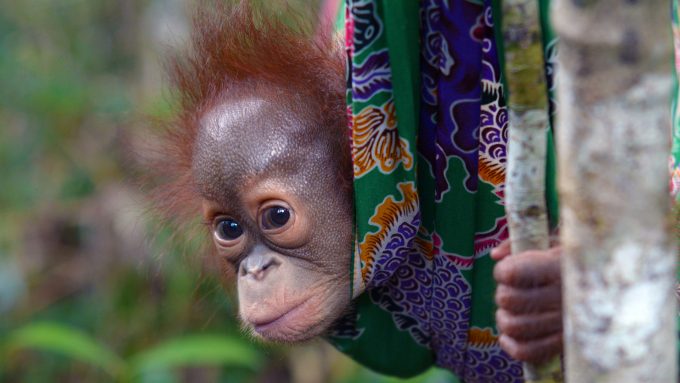
Bumi
Click on the image below to read about and adopt Bumi.
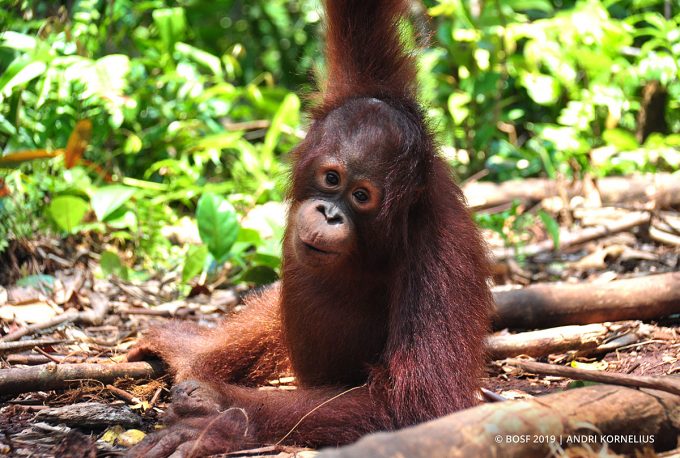
Baimah
Click on the image below to read about and adopt Baimah.
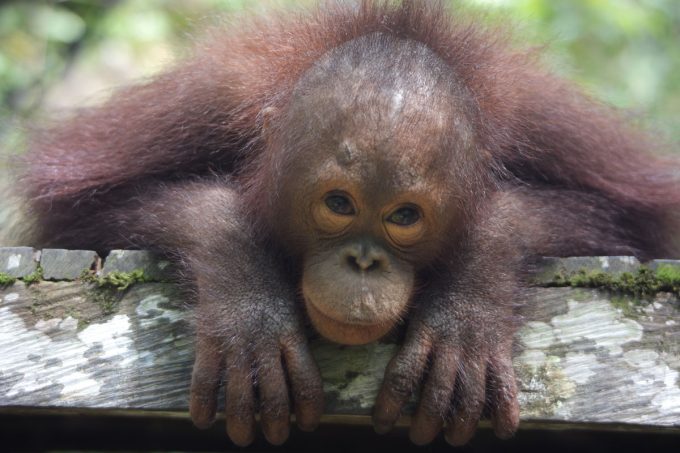
Topan
Click on the image below to read about and adopt Topan.
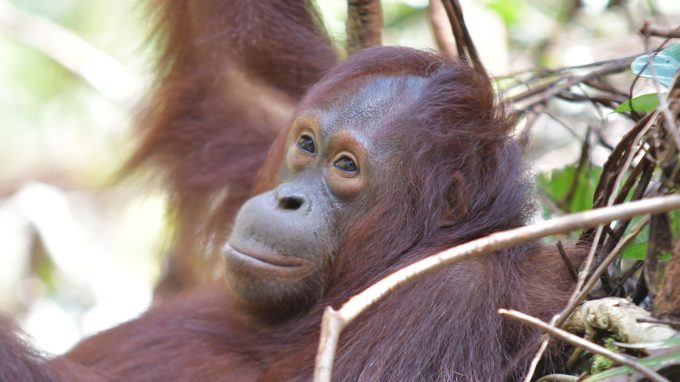
Monyo
Click on the image below to read about and adopt Monyo.
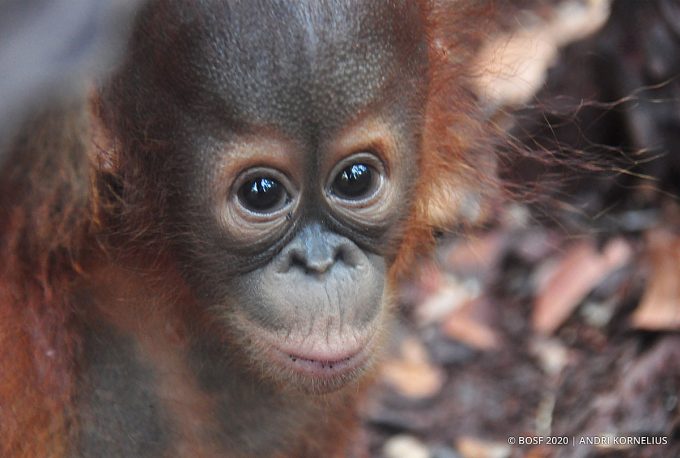
Papa
Click on the image below to read about and adopt Papa.
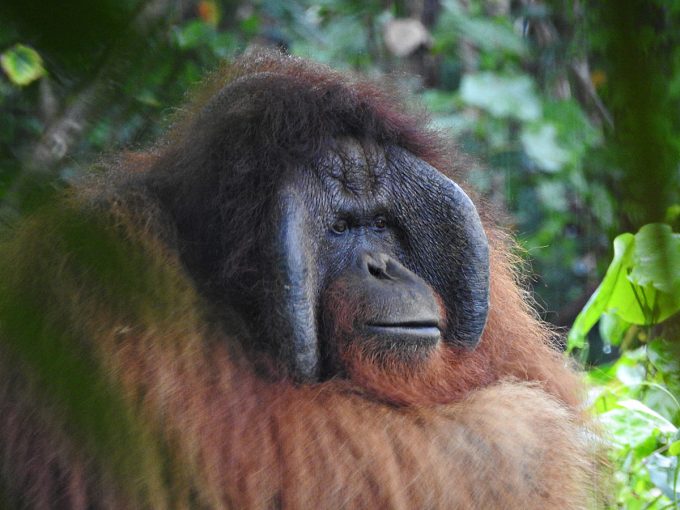
THANK YOU SO MUCH FOR YOUR SUPPORT! {:(|}
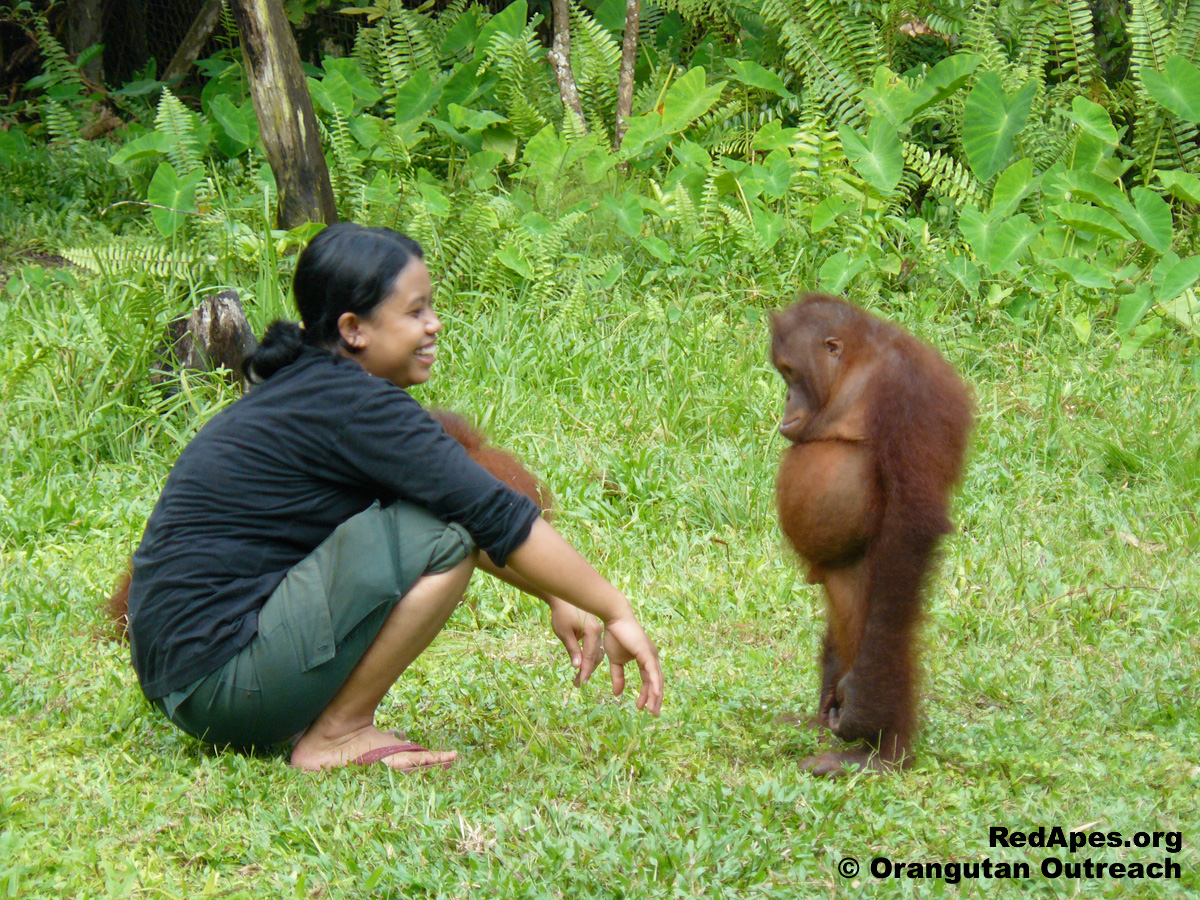
© Orangutan Outreach - "The Standoff"
